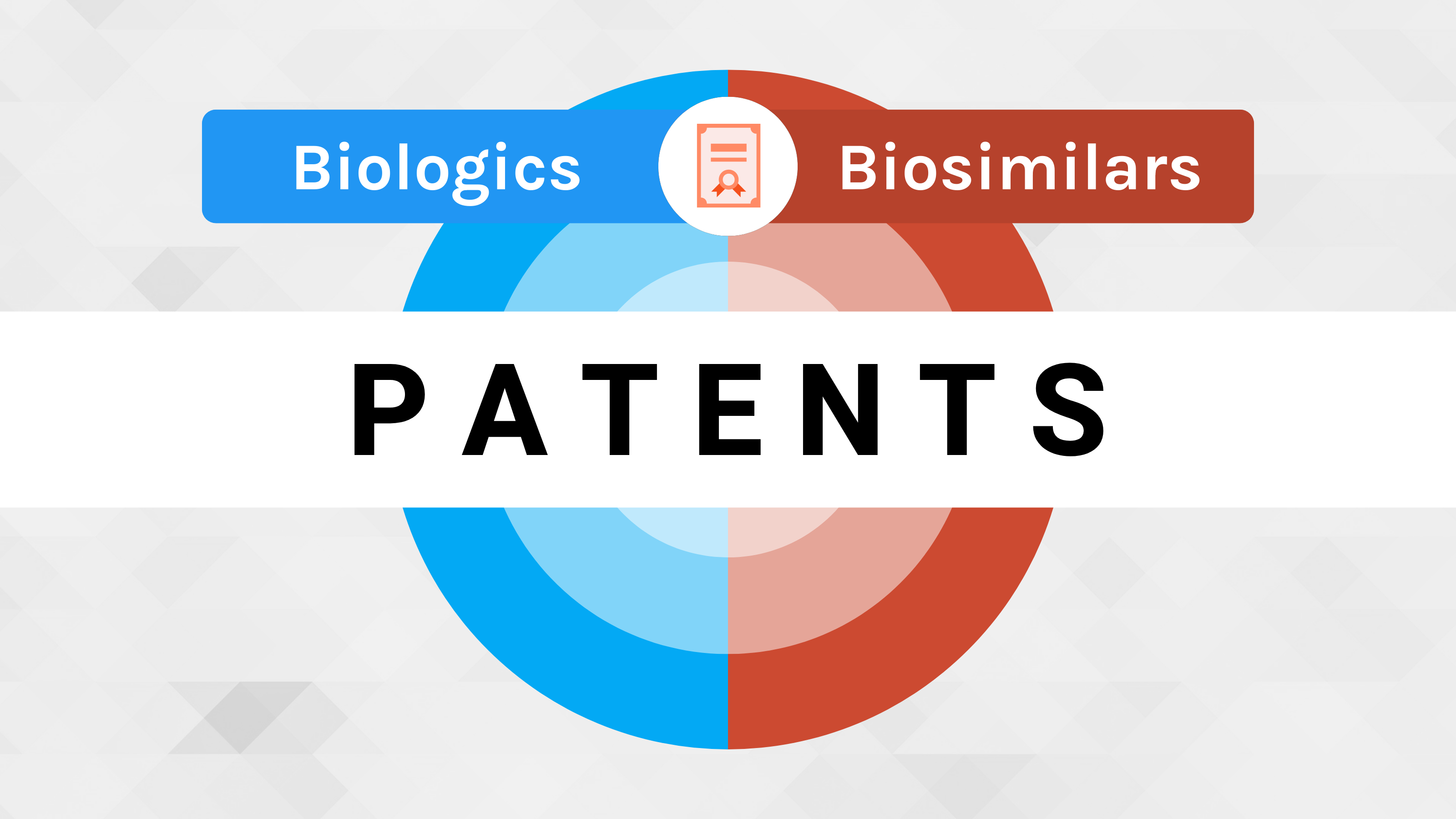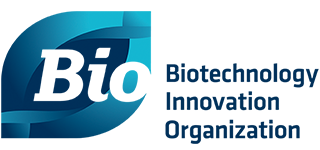- Bone Health
- Immunology
- Hematology
- Respiratory
- Dermatology
- Diabetes
- Gastroenterology
- Neurology
- Oncology
- Ophthalmology
- Rare Disease
- Rheumatology
Strength of Patent Protection Varies by Patent Type
The strength of a patent wall built up around an originator biologic depends on the quality of patents that make it up and the originator company's willingness to engage in costly litigation. Part 2 of a series.
When it comes to patent litigation and biosimilars, the type of patent warrants close inspection, according to 2 members of the Biotechnology Innovation Organization (BIO), a large trade group of pharmaceuticals companies.
Some patents constitute bigger obstacles than others, said Hans Sauer, deputy general counsel, and Melissa Brand, former assistant general counsel for Intellectual Property.
In the portfolio of patents amassed by biologics originator companies, the “vast majority of these are manufacturing patents, about 75% of them,” Brand said. “It’s a little bit different when you’re talking about a manufacturing patent as opposed to a composition patent. If it’s a patent on the molecule, it’s usually thought that it’s harder to get around that type of patent.”
Manufacturing technology isn’t that restrictive. There are alternatives to using the most modern processes or equipment, or a resourceful company can simply design around a manufacturing innovation that isn’t available for licensing, Sauer and Brand said.
According to BIO, across 28 patent litigations involving 21 biosimilars, 125 patents were asserted by originator companies, meaning that of all the patents identified as being potentially infringed by the proposed biosimilar, just 125 were actually the subject of litigation. Of those, about 63% were asserted more than once.
“Most manufacturers, if they were pressed, would say, ‘We have a lot of patents around this technology, but which ones are going to be relevant? We’ll only know once we see the biosimilar and once we understand how the biosimilar is proposed to be made,’” Sauer said.
Does Patent Portfolio Size Matter?
“Regarding the size of a patent portfolio, it’s hard to say how relevant that is,” he added. “What matters is how many patents cover whatever the biosimilar entrant might want to do.”
A common complaint about originator companies is their tendency to continue filing for patent protections long after their biologics have been approved by the FDA. The patents they acquire for an individual product can be separated into “patent families” and may concern manufacturing processes, dosing regimens, or formulations, among others. Effectively, they add to the cost and complexity of bringing a biosimilar to market.
About 70% of patents that have been asserted in biosimilar litigation were filed after the originator product was approved for marketing, according to BIO.
Most of the patent applications filed after the originator product approval concerned manufacturing technology (76% vs 53% filed prior to FDA approval). In second place were indication patents (21% vs 19%, respectively). Formulation and composition patent filings post originator approval each amount to 1% of total patent filings vs 15% and 13%, respectively, prior to.
“From the perspective of the biosimilar maker, maybe the thing that’s most important to them is to have advance notice of the kinds of patents they may be dealing with, when they still have flexibility to design their manufacturing processes,” Sauer said.
Almost half of the biosimilars currently on the market launched “at risk” of litigation over alleged patent infringements, but none of those ended up being taken off the market, Sauer said.
At some point the biosimilar developer is going to take a calculated risk to get the biosimilar onto market based on their own assessment of what the costs from failed litigation might be vs the revenue potential, he said.
One of the things that Brand has noticed from her research is that many litigations are about compensation and not about blocking market entry. “There were very few instances of anybody moving for an injunction” to stop a biosimilar from being marketed, she said. “That might tell you something about the patents that are being litigated as well.”
An originator company that wants to defend against potential biosimilar competition will want to spend its legal dollars wisely, Sauer and Brand said. In AbbVie's court cases over the originator product Humira (adalimumab), the number of patents actually litigated, or "asserted," are a fraction of the patents that AbbVie has implied might be infringed by biosimilar competition.
For further reading:
In the first installment of this interview series, Sauer and Brand discussed the average length of time it is taking biosimilar companies to get their products to market, based on originator company opposition. They have observed that biosimilars are getting to market in half the time it takes generics companies to launch their products.
Newsletter
Where clinical, regulatory, and economic perspectives converge—sign up for Center for Biosimilars® emails to get expert insights on emerging treatment paradigms, biosimilar policy, and real-world outcomes that shape patient care.


